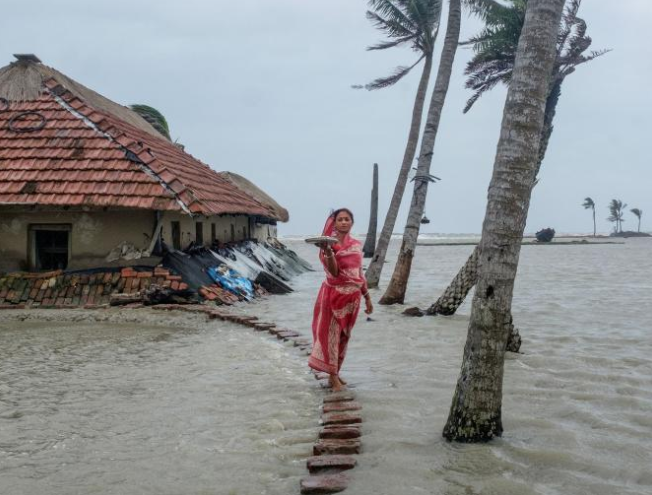Some farmers in Bangladesh -- a country the size of Iowa with a population of 160 million -- refer to their homeland as a divine prank: The soil is fantastically fertile, but you're always in danger of getting washed away. In 1998 an especially monstrous flood inundated about 70 percent of the country.

One thing the region's coastal communities felt they could always bank on, though, is the Sundarbans, the world's largest contiguous mangrove forest. Spanning nearly 4,000 square miles on both sides of the Indian-Bangladeshi border, this dense swamp of flood-tolerant trees stands as a green wall, absorbing storm surges and blunting even the worst cyclones. For villagers, the forest is also an abundant source of honey and its waters a source of fish. "The Sundarbans is our mother," said Joydev Sardar, secretary of the fishermen's association in Harinagar, Bangladesh. "She protects, feeds, and employs us."












